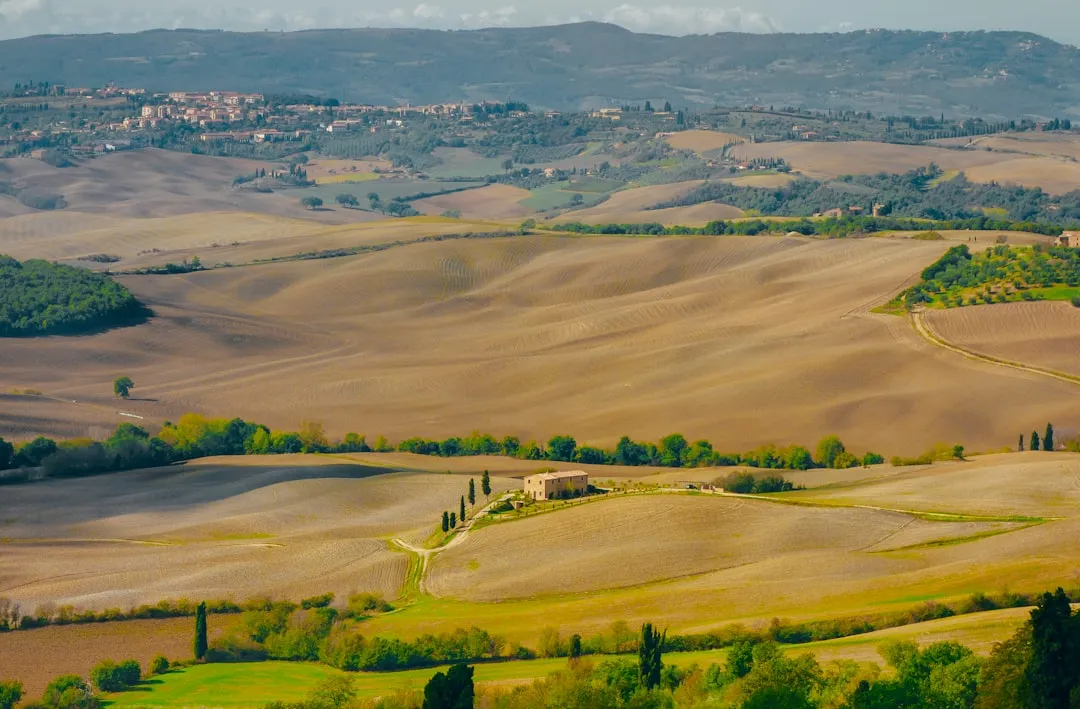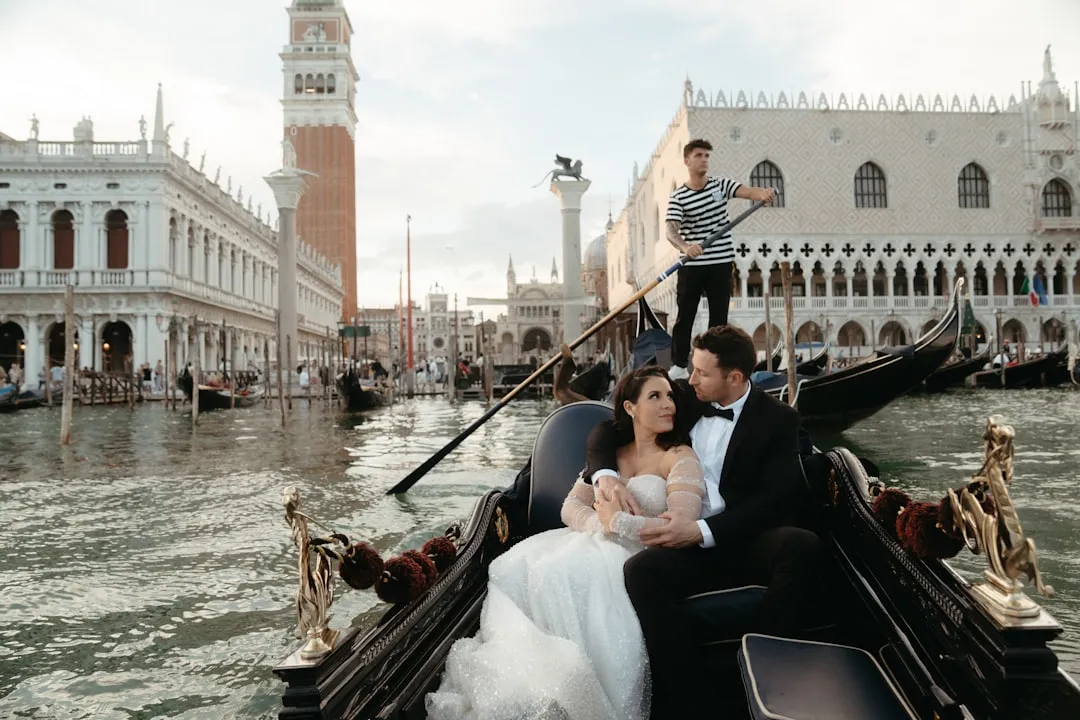Bringing your family to Italy can be a rewarding but complex process. The Family Reunification Visa (Ricongiungimento Familiare) allows non-EU citizens to join their family members legally residing in Italy. This guide covers eligibility, the application process, and special cases such as de facto unions and extended family reunification.
Who Can Apply for Family Reunification?
The sponsor (family member residing in Italy) must hold a valid Permesso di Soggiorno (residence permit) for at least one year and have sufficient financial resources and adequate housing.
Eligible family members include:
- Spouse or civil partner (legally recognized marriage or civil union)
- Children under 18 (including legally adopted children)
- Dependent children over 18 (if they have a disability or financial dependence)
- Dependent parents over 65 (if they have no other means of support in their home country)
Step 1: Sponsor Obtains the Nulla Osta (Clearance Certificate)
Before the family member can apply for the visa, the sponsor must first obtain a Nulla Osta from the local Prefettura (Immigration Office).
How the Sponsor Gets the Nulla Osta:
- Submit an Online Request
- The sponsor must file the application through the Sportello Unico per l'Immigrazione (SUI) online portal.
- The sponsor needs to provide documents proving family ties, financial stability, and adequate housing.
- Attend an Appointment at the Prefettura
- Once the request is reviewed, the sponsor will receive an appointment at the Prefettura.
- The sponsor must bring original documents (marriage/birth certificates, income proof, housing contract, etc.).
- If approved, the Nulla Osta is issued within 90 days and sent electronically to the Italian consulate in the family member’s home country.
Step 2: Family Member Applies for the Family Reunification Visa
Once the Nulla Osta is granted, the family member abroad must apply for the Family Reunification Visa at the Italian Consulate or Embassy in their home country.
Required documents:
- Nulla Osta (sent electronically to the consulate)
- Passport and visa application form
- Proof of relationship (certified translations of marriage/birth certificates)
- Proof of the sponsor’s residence permit and income
Step 3: Family Member Applies for a Permesso di Soggiorno per Motivi Familiari
After arriving in Italy with the Family Reunification Visa, the family member must apply for a Permesso di Soggiorno per Motivi Familiari within eight days of entry.
How the Family Member Applies at the Post Office:
- Obtain the Application Kit
- Pick up the Permesso di Soggiorno Kit from a Post Office (Ufficio Postale) with a Sportello Amico counter.
- Fill out the forms and attach required documents (passport, visa, Nulla Osta, proof of residence, etc.).
- Submit the Application
- Bring the completed kit and pay the application fee.
- The family member will receive a ricevuta postale (receipt), which serves as a temporary permit while the application is processed.
- Attend an Appointment at the Questura
- The receipt includes an appointment date for biometric data collection at the Questura (police headquarters).
- On the appointment day, the family member must bring all original documents for verification.
Special Cases: De Facto Unions and Extended Family Reunification
De Facto Unions (Unioni di Fatto)
Italy allows de facto partners (unmarried couples in a stable relationship) to apply for family reunification under certain conditions:
- The relationship must be legally recognized in Italy or in the partner’s home country.
- Proof of long-term cohabitation is required (joint bank accounts, rental contracts, etc.).
- Additional housing and financial proof may be required.
Same-Sex Couples
Same-sex couples in legally recognized civil unions can apply under the same rules as married couples.
Dependent Relatives Beyond Standard Categories
- Adult siblings with disabilities may qualify if full dependency can be proven.
- Unmarried adult children can be included if they have serious health conditions preventing them from working.
- Elderly parents require proof that they have no financial or medical support in their home country.
FAQs
- What is the meaning of family reunification?
Family reunification is the legal process allowing non-EU family members to join a sponsor residing in Italy under a valid residence permit.
- Who qualifies for family reunification?
Spouses, dependent children, and dependent parents over 65, provided the sponsor meets financial and housing requirements.
- What are the financial requirements for a family visa in Italy?
The sponsor must earn at least the annual social allowance (Assegno Sociale) amount, increasing based on the number of family members.
- What is the minimum bank balance for an Italy visa?
There is no fixed balance requirement, but the sponsor must show sufficient stable income and financial means.
- How long is the waiting time for family reunification?
The Nulla Osta takes up to 90 days, and visa processing times vary by consulate.
- Can I work in Italy with a family visa?
Yes, family visa holders can work in Italy without additional permits.
- What is the difference between C type and D type visa?
A C type visa is for short stays (up to 90 days), while a D type visa is for long stays (more than 90 days, including family reunification).
- Can a spouse work on a dependent visa in Italy?
Yes, a spouse on a Permesso di Soggiorno per Motivi Familiari can work without restrictions.
- How long can the spouse of an Italian citizen stay in Italy?
A spouse of an Italian citizen can apply for a Carta di Soggiorno (long-term residence permit).
- Can I get Italian citizenship through my child?
Yes, if your child is an Italian citizen, you may apply for Italian citizenship after 10 years of legal residence in Italy.
Final Thoughts
Applying for a Family Reunification Visa in Italy requires careful planning, but with the right documents and preparation, the process can go smoothly. If you need professional help with your application, consider consulting a relocation expert or immigration lawyer.




